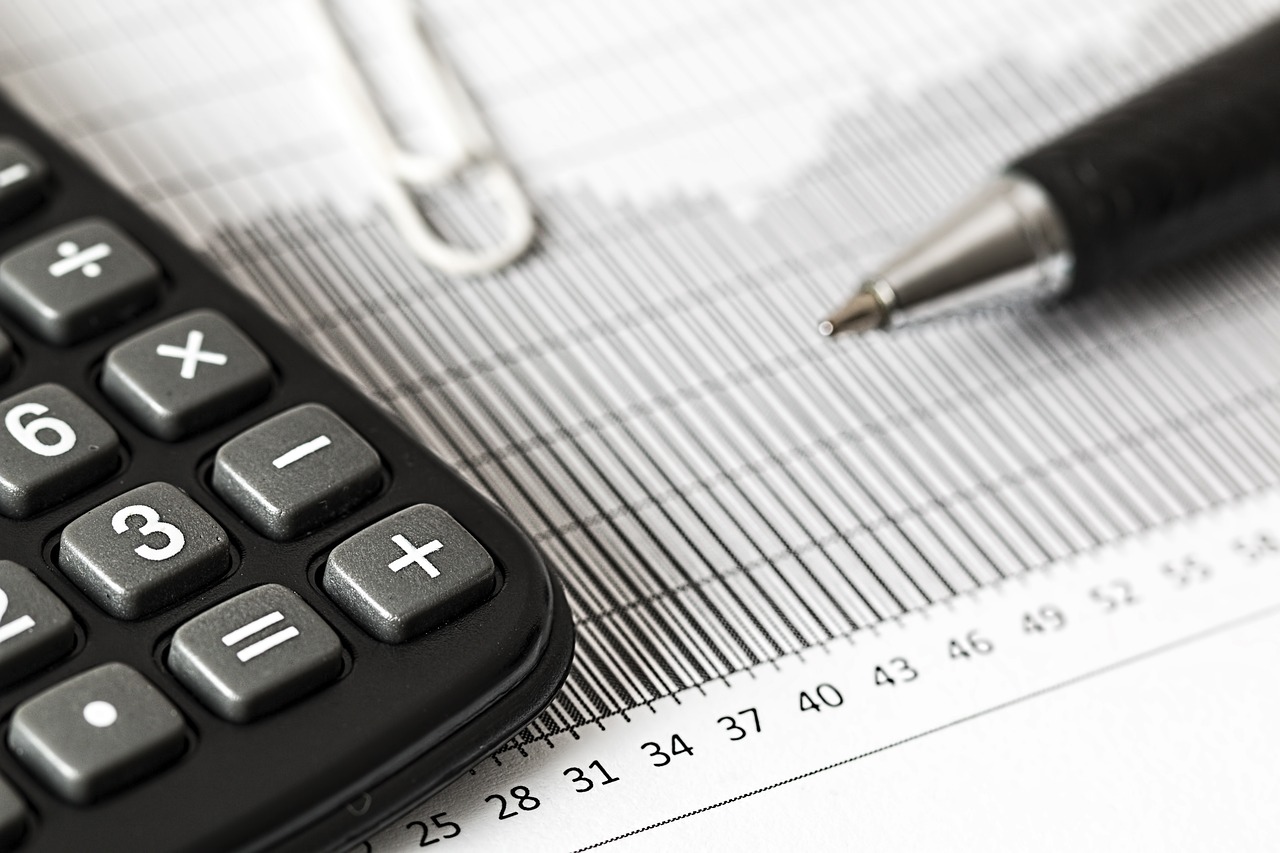Alright, so you've decided to protect your stuff with insurance – be it your car, your home, or even yourself. But how do insurance companies figure out the amount you need to pay? It's like a mix of math, risk assessment, and a dash of prediction.
Here's the breakdown:
Table of contents [Show]
Risk Assessment
Insurance is all about managing risk. The higher the risk of something bad or untoward happening, the more you'll likely pay. Insurance companies look at data, statistics, and historical patterns to gauge the likelihood of a claim.
Coverage Level
How much protection do you want? The more coverage you seek, the higher your insurance amount. If you're insuring a luxury car versus a standard one, the coverage (and premium) will be different.
Deductibles
This is like your share of the deal. If you choose a high deductible (the amount you pay before insurance kicks in), your premium might be lower. But if you want the insurance company to cover more, your premium will be higher.
Age and Health
If you're getting life or health insurance, your age and health condition play a role. The riskier your health status, the higher the premium.
Location Matters
If you live in a crime-prone area or a disaster-prone zone, the insurance amount might be higher due to increased risks.
Usage and Lifestyle
For car insurance, how you use your vehicle and your driving record matter. If you're a frequent road warrior with a lead foot, expect a higher premium.
Policy Type
Different policies offer different coverage. A basic plan will cost less than a comprehensive one, but it might cover fewer scenarios.
Personal Factors
Insurance companies also consider your credit score, occupation, and even your hobbies. Skydiving enthusiast? That could impact your life insurance premium.
In a nutshell, insurance companies mix all these ingredients into a magical formula to come up with your premium.








